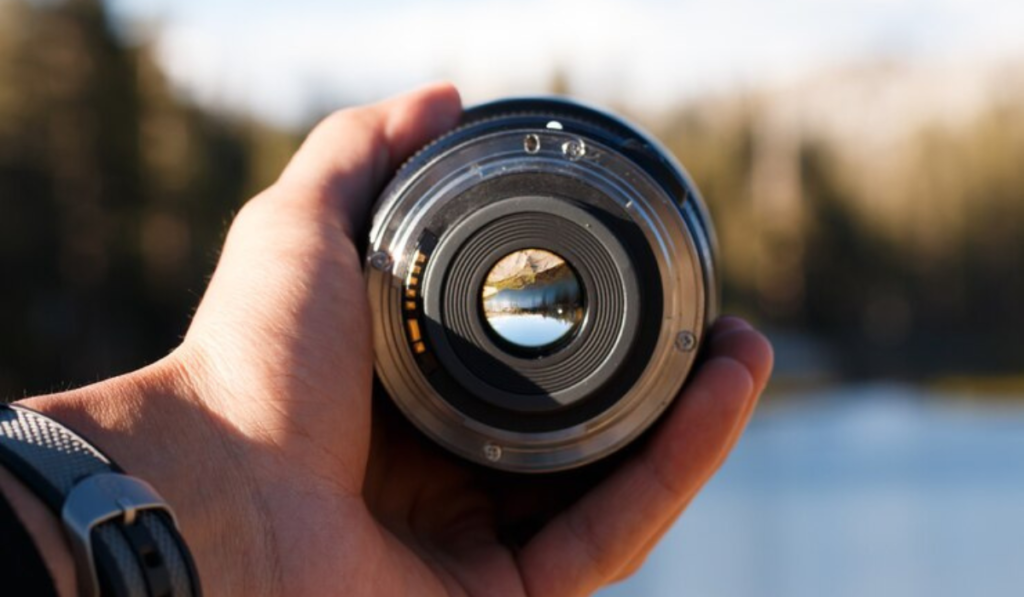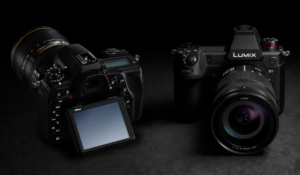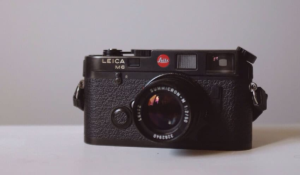A Guide to Camera Lens Features: Enhancing Your Photography Arsenal

Lenses are the eyes of your digital camera. They allow you to capture beautiful images and unleash creativity. It is important for photographers to understand the different types of lenses and their features. They can also help them improve their photography. Each lens type has its own advantages and capabilities, from prime lenses to the telephotos. This comprehensive guide will help you to make an informed decision when choosing the best lens for your needs.
Understanding prime vs. zoom lenses
Prime Lenses are lenses with fixed focal lengths. They offer superior optical quality and simplicity. Prime lenses are preferred by photographers who want to have creative control and exceptional image quality. They are known for their sharpness, larger apertures and superior optical quality. Their fixed focal lengths can require frequent lens adjustments for framing.
Zoom Lenses Zoom lenses offer variable focal lengths in a single lens. This allows for versatility without sacrificing quality. Zoom lenses are ideal for quick shoots or situations where changing lenses would be impractical. They allow photographers to quickly adapt to different shooting scenarios.
Prime lenses: pros and cons
Prime lenses are praised for their sharpness and compactness. They’re also affordable. Prime lenses often have fewer elements of glass than zooms, resulting in better image quality and low-light performance. Their fixed focal lengths also encourage photographers to improve their composition skills.
Cons: Prime lenses have fixed focal lengths. This means that they may require frequent lens changes in order to achieve the desired framing. This can be a hassle in situations where convenience and speed are important.
The role of normal lenses
Normal Lenses: Normal lens, usually around 50mm in diameter, reproduce the perspective of the eye. Normal lenses are versatile and suitable for many shooting situations. They can be used to capture everyday moments that have a natural perspective.
Zoom Lenses: Versatility and versatility
Zoom Lenses: Zoom Lenses are able to accommodate multiple focal lengths in a single lens. This allows for compositional flexibility without having to use multiple lenses. Zoom lenses allow photographers to quickly adapt to changing conditions.
Kit Lenses: An Introduction
Kit Lenses: These lenses are often bundled with entry level cameras and offer a wide range of focal lengths for beginners to explore photography. Kit lenses are flexible, but they may not have the same build quality or optical performance as higher-end lenses.
The advantages and limitations of superzoom lenses
Superzoom Lenses – Superzoom lenses cover a wide range of focal lengths, from wide angle to telephoto. Superzoom lenses are convenient for everyday use and travel, but their design compromises can compromise the image quality.
Exploring Wide-Angle Lenses
Wide-Angle Lenses – Wide-angle lenses are ideal for architectural and landscape photography. They provide creative distortion effects, and a wider perspective than standard or Telephoto lenses.
Ultra Wide-Angle Lenses: Introduction
Ultra Wide-Angle Lenses – Ultra Wide-Angle lenses offer dramatic perspectives and cater to different creative needs. Ultra wide-angle lenses are available in both rectilinear (rectilinear) and fisheye (fisheye) variants. They offer unique distortion effects to express artistic expression.
Telephoto lenses are used for a variety of applications
Telephoto Lenses – Telephoto lenses are excellent for capturing distant objects, which makes them essential in wildlife, sports and portrait photography. Their longer focal lengths magnify far-off subjects and create pleasing blur.
Understanding Super Telephoto Lenses
Super-Telephoto Lenses – Super-telephotos lenses go beyond the traditional telephoto ranges to meet specialized requirements such as astrophotography and wildlife photography. They are also more expensive and heavier.
Teleconverters: What are they?
Teleconverters: Teleconverters increase the focal length of telephoto lens to extend their reach. They may, however, reduce the light transmission and quality of images, especially in low-light situations.
Exploring Macro Lenses
Macro Lenses – Macro lenses are used to capture close-up images, which allows for high magnification of small objects and high sharpness. These are essential tools for anyone who wants to capture the beauty of miniatures.
Understanding Rectilinear Lenses and Fisheye Lenses
Rectilinear Lenses maintain straight lines and provide realistic perspectives, without distortion. Ideal for landscape and architectural photography, where straight lines are crucial.
Fisheye Lenses – Fisheye lenses produce ultra-wide images that are distorted. They are often used to create artistic or panoramic photos. They are popular with creative photographers because their exaggerated perspective gives images a sense drama and scale.
Introduction to Tilt-Shift Lenses
Tilt Shift Lenses – Tilt shift lenses are useful for architectural and landscape photography because they allow you to manipulate depth of field and perspective. Photographers can create unique visual effects by tilting and shifting their lenses.
Considerations in Lens Selection
Photographers must take into account their budget and specific needs when selecting lenses. To ensure that the lens chosen meets the needs of its intended use, factors such as size and weight, autofocus performance and durability, weather sealing, and durability should be considered.
The importance of lenses
Photographers rely on lenses to capture the best photos and express their creativity. Quality lenses will improve the quality of your photos and open up new possibilities for your photography.
Anatomy Of A Lens
Understanding the lens’ components allows photographers to maximize performance by leveraging features. Each component, from the aperture to focusing mechanisms, plays a vital role in capturing stunning photos.
Camera Lens Terminology
Lens names are standardized and include brand names, focal distances, maximum apertures, etc. Understanding lens terminology will help you select the right lenses for your needs.
The Impact of Focal Length
The focal length of a lens determines its field of view, magnification and composition. Lower focal lengths are used to capture wider shots, while higher focals lengths magnify distant objects.
Impact of the Camera Sensor
The sensor size affects the apparent focal distance of a lens. This can have an impact on the depth of field and the field of view. Understanding the interaction between sensor size and lens focal length will help you achieve your desired photographic results.
Understanding Maximum Aperture
The maximum aperture determines the light gathering ability and depth-of-field, which are crucial to low-light performance. A smaller f-stop value indicates a larger aperture, which allows more light into the lens.
Depth of Field
The maximum aperture controls depth of field and the composition, resulting in impactful images. Understanding depth of focus allows photographers to create images that have selective focus with pleasing background blur.
Variable Aperture Zooms
Some zoom lenses have variable maximum apertures that balance the benefits of size and cost with limitations when shooting in low light. When choosing variable aperture zooms, photographers should weigh the pros and cons of aperture flexibility versus low-light performance.
Important Lens Features
Along with image quality, size, weight, autofocus, durability and weather sealing should be considered. Selecting lenses that are compatible with your shooting style, and the conditions in which you shoot will ensure optimal performance.
Lens Image Quality
Sharpness, distortion, color aberration and other factors that affect image quality, such as focus shift or astigmatism, are all important. Understanding these factors allows photographers to choose lenses that provide the desired optical performance.
Third-party vs. name brand lenses
Third-party lenses are a great alternative to the name brand lenses, and they offer a wide range of options for all budgets. They also consider autofocus performance as well compatibility. Researchers and photographers should compare lenses to find the right lens for their needs and budget.
The conclusion of the article is:
Understanding lens features and terminology will help photographers improve their skills. In capturing images that are compelling, creativity and skill remain paramount. Investing in lenses that meet your specific needs will improve the visual impact and quality of your photography.
Mastering the art is a lifelong journey, but with the knowledge and experience you have gained, you will be able to confidently select the lenses that best suit your vision. The right lens can unlock your photographic potential, whether you are capturing landscapes or intimate portraits.



